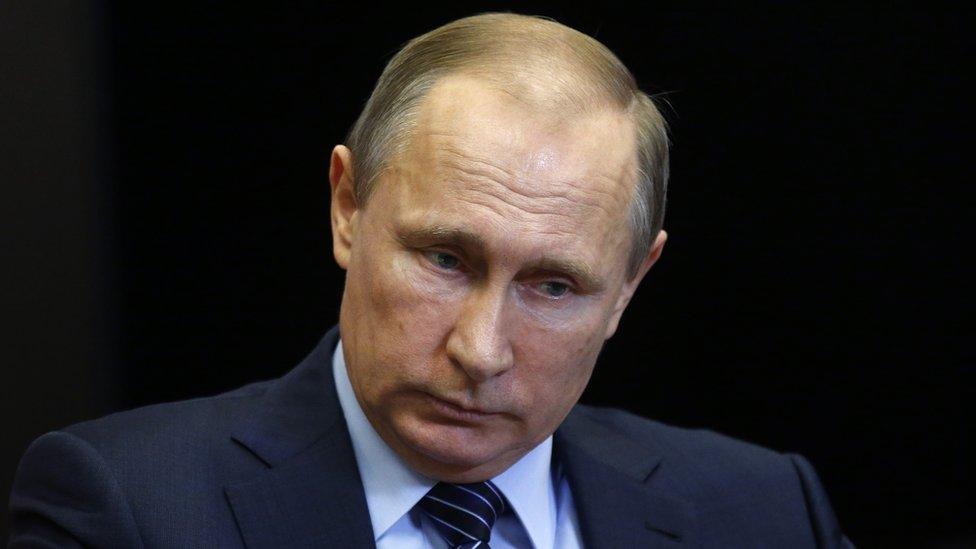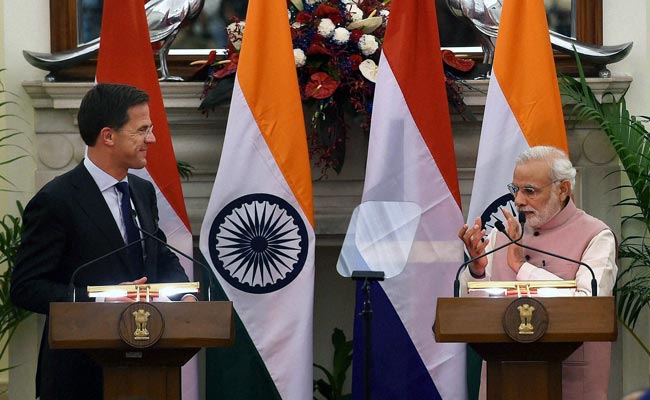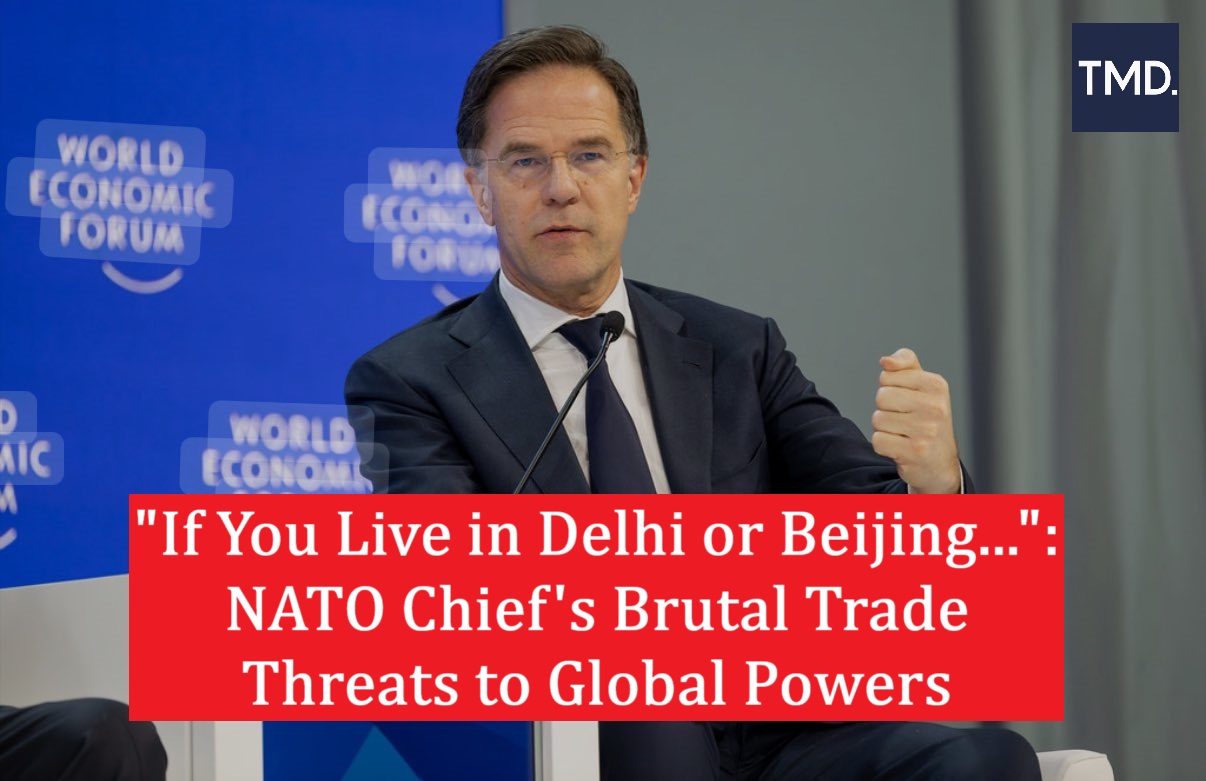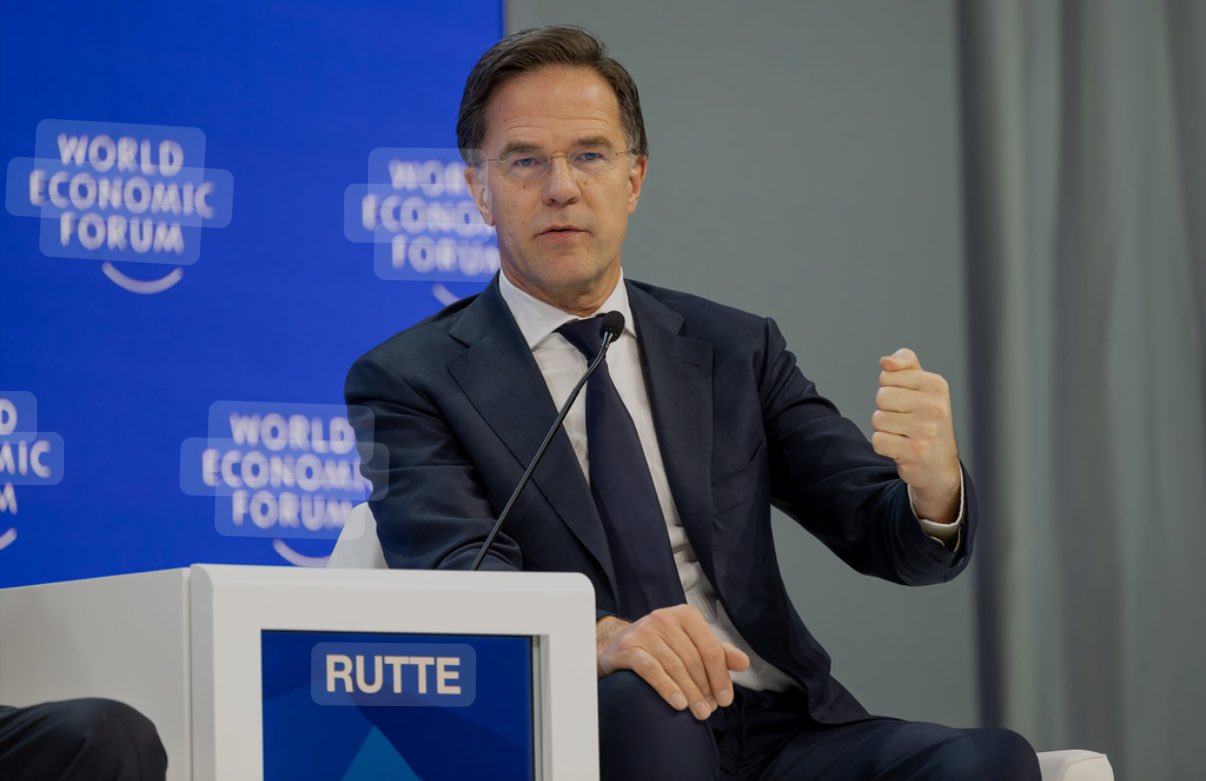The geopolitical landscape is abuzz with a new, audacious challenge: Direct threats from NATO Chief against major global economies – India, China, and Brazil.
NATO Chief’s Bold Warning: Global Trade Faces 5-Fold Economic Threat
This isn’t subtle diplomacy; it’s a blunt ultimatum. Mark Rutte, NATO‘s chief, has made it abundantly clear that continued trade with Russia could invite severe repercussions, including punishing secondary sanctions and eye-watering tariffs of up to 500%. This marks a pivotal moment, pushing the boundaries of international relations and forcing a reassessment of global trade dynamics.
Here we have NATO Secretary General Mark Rutte threatening China, India, and Brazil with sanctions if they don’t bend to NATO’s every demand….. pic.twitter.com/UaRIfm5WIS
— Richard (@ricwe123) July 16, 2025
For context, the economic stakes are immense. Following the 2022 conflict, Western nations imposed extensive sanctions against Russia. Yet, Russia’s economy has shown surprising resilience. In 2023, Russia’s GDP grew by a remarkable 3.6%, with the International Monetary Fund (IMF) projecting another 1.5% growth in 2025, outpacing many G7 nations. A pivot towards alternative economic partners partly fuels this defiance. For instance, China-Russia trade reached a record high of $240.1 billion in 2023, slightly increasing to $244.8 billion in 2024.
While the first four months of 2025 saw a temporary dip, the underlying trend signals a robust partnership, with energy products like crude oil and natural gas dominating Russian exports to China. India’s trade with Russia has also surged, particularly in oil, as New Delhi leveraged discounted prices. In 2024, Russia emerged as India’s top oil supplier, accounting for over 40% of its crude imports, up from virtually zero before 2022. Brazil’s trade with Russia, while smaller in scale, remains crucial for specific commodities like fertilisers and mineral fuels. In 2024, Brazil’s imports from Russia for mineral fuels exceeded $7 billion, and fertilisers were over $4 billion.
Meanwhile, Western aid to Ukraine has been substantial, with over $287 billion provided since January 2022. The United States alone allocated $182.8 billion in emergency funding to support Ukraine and the region from February 2022 through December 2024, though only $83.4 billion has been disbursed. These figures underscore a complex global economic tapestry, where nations are deeply interconnected despite political pressures.
NATO’s Unprecedented Ultimatum
The recent pronouncements from NATO’s highest office are a game-changer. Mark Rutte’s direct threats to India, China, and Brazil, warning of severe penalties for continued trade with Russia, represent an aggressive shift in the Western alliance’s strategy. This isn’t just about economic pressure; it’s about coercing sovereign nations into aligning with a specific geopolitical agenda. The ultimatum is stark: cut ties with Russia within 50 days, or face devastating tariffs. Such a move, holding third-party nations responsible for influencing a conflict, is truly without modern precedent.
To illustrate the potential impact, imagine a graphic titled “Projected Economic Impact of 500% Tariffs on Key Russian Imports.” It would show bars representing the current trade value of Russian oil, gas, and raw materials to India, China, and Brazil. Overlaying these would be dramatically taller bars, illustrating the exorbitant cost increases under a 500% tariff. Such a visual would immediately convey the catastrophic economic shock these nations would face.
The Trumpian Echo and Its Doubts
The speaker highlights a crucial political undercurrent: Mark Rutte’s close alignment with Donald Trump. Many see Rutte’s statements as reflecting Trump’s views, particularly the former US president’s unpredictable foreign policy. Trump’s past rhetoric, ranging from suggestions of bombing major Russian cities to his current 50-day ultimatum, creates a credibility problem. This inconsistency makes it genuinely difficult for nations like India, China, and Brazil to take such severe threats at face value. Will the threats materialise, or are they mere bluster? That uncertainty complicates their strategic response.
Russia’s Unyielding Stance

Unsurprisingly, Russia has flat-out rejected NATO’s 50-day ultimatum. Moscow views it as an unacceptable attempt by external powers to dictate its sovereign actions. Having endured years of war and sweeping Western sanctions, Russia appears unbowed. The Kremlin’s consistent message is clear: they will not be intimidated. This defiance suggests that NATO’s aggressive economic leverage might not yield the desired political outcome, potentially leading to further entrenchment rather than compromise.
The BRICS Dilemma: Economic Vulnerability vs. Strategic Autonomy
These aggressive threats pose a significant dilemma for India, China, and Brazil. The proposed tariffs, potentially reaching hundreds of percentage points, could inflict immense economic pain. Consider a pie chart showing the proportion of India’s energy imports from Russia compared to other sources in 2024. A separate bar chart could show how a 100-500% tariff on Russian oil imports would instantly inflate India’s energy bill, directly impacting its inflation and industrial costs. Similarly, for Brazil, a graph depicting its reliance on Russian fertilisers would underscore the severe disruption to its agricultural sector if trade ceased.
Despite this vulnerability, these BRICS nations are unlikely to simply buckle under pressure. Their foreign policies prioritise strategic autonomy and national interest. China, for instance, views its relationship with Russia as a strategic hedge against Western dominance. India, a rising power, values its non-aligned tradition and its diversified defence and energy partnerships. Brazil, too, champions multilateralism and a multipolar world order. While the economic implications are undeniable, the political will to resist external coercion remains strong, driven by a desire for a more balanced global power structure.
European Disunity and the Search for Alternatives

It’s important to note that NATO’s aggressive posture doesn’t reflect a unanimous European consensus. Countries like Slovenia have openly blocked new sanctions against Russia, signalling growing fatigue with measures that often boomerang, harming European economies as much as, if not more than, Russia’s. Many European nations are questioning the effectiveness of sanctions, recognising that they haven’t crippled Russia’s economy as intended. Instead, sanctions have often led to shifts in global trade routes and commodity flows, sometimes at higher costs for everyone.
This internal dissent within the Western alliance is a critical factor. It suggests that sustained, unified pressure might be difficult to maintain, offering a glimmer of hope for nations like India and China seeking to resist compliance.
The Imperative of Dialogue
The current escalatory rhetoric, characterised by threats and ultimatums, is unlikely to resolve the Ukraine conflict. Instead, it risks further entrenching divisions and accelerating a dangerous fragmentation of the global economy. A more constructive path, as suggested by many, including China, involves genuine dialogue. A direct peace summit between Ukraine and Russia, without preconditions or threats, is the pragmatic way forward.
Imagine a timeline graphic illustrating key diplomatic efforts since 2022. It would highlight periods of negotiation attempts versus periods of escalating sanctions and military aid. This would visually demonstrate the correlation, or lack thereof, between aggressive tactics and actual conflict resolution. The visual argument would be that diplomatic engagement, however difficult, holds the true key to peace.
India’s Principles and Global Leadership Aspirations

India, under the leadership of External Affairs Minister S. Jaishankar, is known for its firm stance on strategic autonomy and its refusal to be dictated by external powers. For India, the decision to trade with Russia is based on its national energy security and economic interests, not an endorsement of the conflict. India has consistently called for peaceful dialogue and resolution in Ukraine, but not at the expense of its sovereign choices.
The US attempts to pressure India, for instance, regarding Russian oil purchases, have often overlooked the reality that China, a major US competitor, also imports significant quantities of Russian energy. This selective pressure can be seen as counterproductive, alienating potential partners in complex global scenarios.
India’s ambition is to be a leading voice in the Global South, advocating for a multipolar world where nations have the freedom to pursue their interests without coercion. This vision is intrinsically at odds with attempts by any bloc to impose unilateral economic penalties. A strong response from New Delhi, rejecting the premise of such threats, would solidify India’s position as an independent global player.
The Shifting Sands of Global Power
The current tensions surrounding NATO’s trade threats underscore a deeper, ongoing transformation in the global order. The rise of non-Western economic powerhouses, particularly within BRICS, is creating a more fragmented, multipolar world. Traditional alliances are being tested, and economic dependencies are being weaponised. The outcome of this confrontation over trade with Russia will not only shape the future of the Ukraine conflict but also redefine the rules of international commerce and cooperation.
The danger of this aggressive approach is that it could accelerate de-dollarisation efforts and the creation of alternative financial and trade systems, which would further undermine the very Western-led order it seeks to preserve. The future promises continued volatility, demanding nuanced diplomacy and a recognition of diverse national interests to avoid outright global economic warfare. The question remains: will the powerful voices advocating for dialogue prevail over those pushing for confrontation? The global economy, already facing inflationary pressures and supply chain fragilities, cannot afford a full-blown trade war. This is a moment where restraint and strategic foresight are paramount.
To get more updates, visit: The Morning Draft


